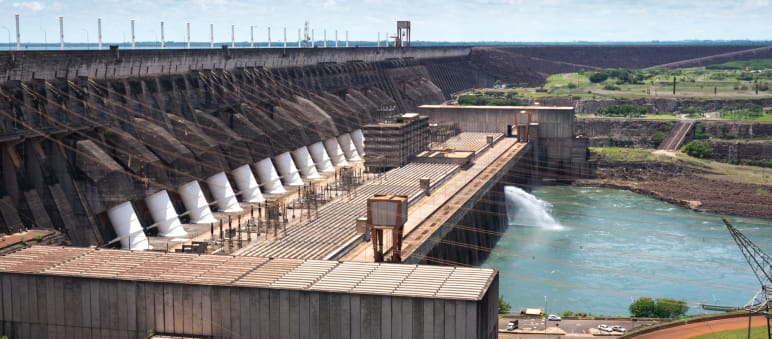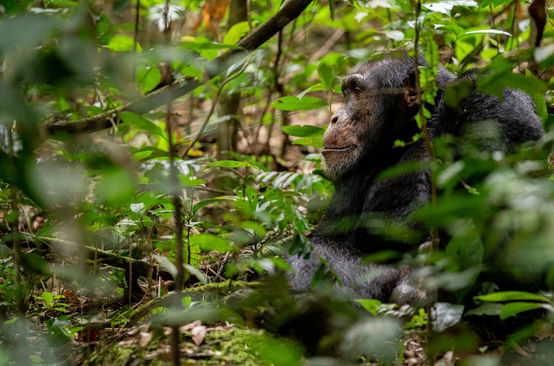
Hydropower: neither environmentally sound nor climate-neutral
A new international study concludes that hydropower may be a renewable energy source, but that it is neither climate-neutral nor environmentally friendly. According to the study, dams and reservoirs harm biodiversity and contribute little to climate protection.
Planned hydropower projects endanger rivers with a total length of 260,000 kilometers worldwide, according to the Senckenberg–Leibniz Institution for Biodiversity and Earth System Research. Even the Amazon and the Congo are affected.
At the same time, the researchers show that dams make only a very small contribution to climate protection. They generate less than two percent of the renewable energy that would be needed by 2050 to keep the rise in global temperatures below 1.5°C.
“We must prevent waters from becoming the biggest losers from the Paris Agreement. Renewable energy cannot be equated with environmentally friendly and climate-neutral energy,” explains Prof. Klement Tockner, aquatic ecologist and Director General of the Senckenberg–Leibniz Institution for Biodiversity and Earth System Research. “Climate and biodiversity protection cannot be viewed in isolation; the two challenges must be addressed together, because otherwise measures to protect the climate can have massive, environmentally damaging consequences.”
Dams and reservoirs represent enormous negative interventions in river systems that flood vital habitats or bury them under concrete. The transport of nutrients and sediments is interrupted. Vegetation decaying in the water and digested sludge generate greenhouse gas emissions. Many reservoirs in tropical areas are also breeding grounds for pathogens. 40 to 80 million people have already been displaced, and many more have lost their fishing grounds and agricultural land.
For the World Conservation Congress in October, the scientists are calling for a very careful balance to be struck between the expansion of hydropower and the preservation of intact water bodies. The alternatives, they point out, are energy conservation and solar and wind power. Instead of focusing on maximum electricity generation, the impact of power plants should be minimized and compensatory measures for biodiversity should be created. Some of the existing power plants should be demolished and the rivers restored.
There are already at least 58,000 larger dams around the world and probably several million smaller ones.
Further information:
- The full study, August 10, 2021: Navigating trade-offs between dams and river conservation
- Press release of the The Senckenberg–Leibniz Institution for Biodiversity and Earth System Research, Aug. 11, 2021 (in German): Unterbrochen: Flüsse von über 260.000 Kilometern Gesamtlänge gefährdet

West Africa's chimpanzees are on the brink of extinction!
A proposed hydroelectric dam threatens the survival of 1,500 chimpanzees in Guinea‘s Moyen-Bafing National. Tell Guinea‘s president to focus on solar power instead.

The rainforest
A green sea of ferns, mosses, vines and ancient trees. Iridescent butterflies and colorful birds. Flowers in every hue of the rainbow. The “green lung” is a natural wonder of the world. Find out more about the world’s most diverse, fascinating and threatened ecosystem.